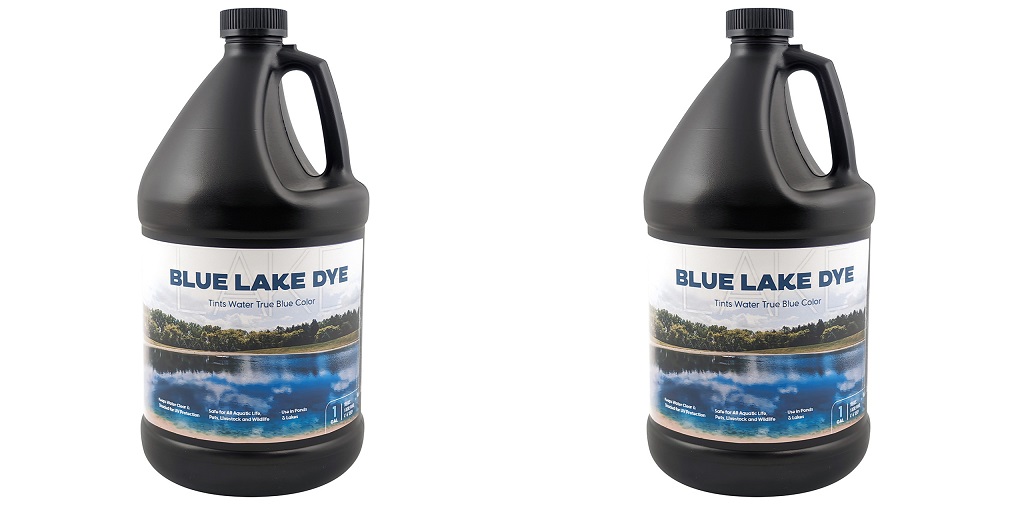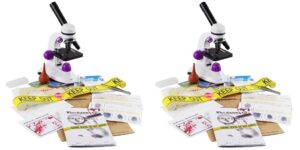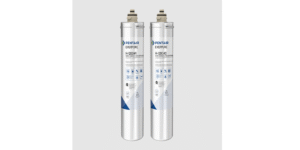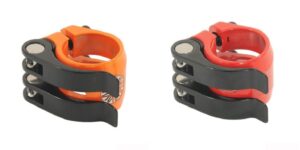
Homeowners and property managers looking for low-maintenance, eco-conscious ways to improve their ponds often face the same dilemma: how to manage algae, preserve water clarity, and elevate the look of their landscape without using harsh or complicated treatments. That’s where a simple, underrated solution makes all the difference—blue pond dye. This pond-safe, visually pleasing tool can support both the health and aesthetics of any water feature while avoiding the environmental concerns tied to chemical-heavy products.
Why Blue Pond Dye is a Safer Option Than Algaecides
Algae blooms can happen fast, especially in warmer months. While algaecides may seem like the fastest fix, many contain copper or synthetic compounds that can harm fish, plants, and beneficial bacteria when overused or applied incorrectly.
In contrast, blue pond dye works preventively by reducing sunlight penetration—one of the key ingredients algae needs to thrive. By limiting UV exposure, the dye helps control algae growth naturally without the need for direct chemical intervention. It’s a visual barrier, not a toxin, which makes it a safer long-term option for maintaining water quality in backyard ponds, golf course lakes, or decorative fountains.
Many professional landscapers recommend dye as a first step in pond maintenance because of its effectiveness and low environmental impact. It doesn’t kill algae already present, but it does create conditions that discourage growth—offering a proactive, less invasive way to manage the problem.
How Dye Enhances Aesthetic Appeal in Natural Landscapes
Pond dyes aren’t just practical—they’re surprisingly transformative. A balanced dose of blue dye gives water that rich, deep blue tone often seen in high-end resorts or botanical gardens. This coloring effect hides murky water and submerged debris, creating a uniform look that’s clean and visually inviting.
Beyond backyard aesthetics, larger estates, golf courses, and parks use blue dye to make their water features appear more maintained without requiring constant cleaning or complex filtration upgrades. The result is natural-looking water with better visual depth and seasonal consistency—without disturbing the local ecosystem.
Compatibility With Other Pond Treatments and Aerators
One of the common questions from pond owners is whether pond dye interferes with other treatments. The good news: it doesn’t. Blue pond dye is designed to be compatible with biological additives, beneficial bacteria, and pond aeration systems.
For example, if a property manager is using enzymes or microbial blends to break down sludge at the bottom of the pond, the dye won’t interfere with that process. It simply sits in the water column, doing its job by filtering light. Similarly, it won’t clog filters or coat mechanical parts, so aeration systems and fountains continue to function efficiently.
Seasonal Guidelines for Dye Application and Maintenance
Like most pond care routines, timing makes a big difference. Blue dye can be used year-round, but the application frequency may vary depending on sunlight exposure, rainfall, and water turnover.
Spring and summer are peak seasons for algae, so it’s best to apply dye early—before blooms have a chance to develop. In fall and winter, fewer reapplications are needed, but maintaining some coloration can still help minimize the return of cold-tolerant algae.
For ponds with significant inflow or outflow, reapplication every 4–6 weeks is typical. Still, this varies based on pond size and regional climate. Many pond owners monitor clarity and shade depth visually and top off the dye as needed.
Shop Pond Treatments Now!
Pond care doesn’t have to be high-maintenance or chemically intensive. With the right tools—like a quality blue pond dye—it’s possible to manage clarity, discourage algae, and keep your water feature looking polished in every season.
For those looking to make pond management more sustainable without sacrificing results, resources like Blue Thumb offer a range of pond-safe products designed for clarity, beauty, and environmental safety.


